Blueberries are among the most beloved berries worldwide — not just for their sweet, tangy flavor but also for their impressive health benefits. Packed with antioxidants, vitamins, and fiber, blueberries are rightly called a “superfood.” What’s even better? You can grow them right in your own garden, enjoying fresh, homegrown berries season after season.
If you’ve ever dreamed of planting blueberries but weren’t sure where to start, this comprehensive guide is for you. From selecting the right varieties and preparing soil to planting, care, and harvesting, here’s everything you need to know about how to plant blueberries and cultivate your own superfood haven.
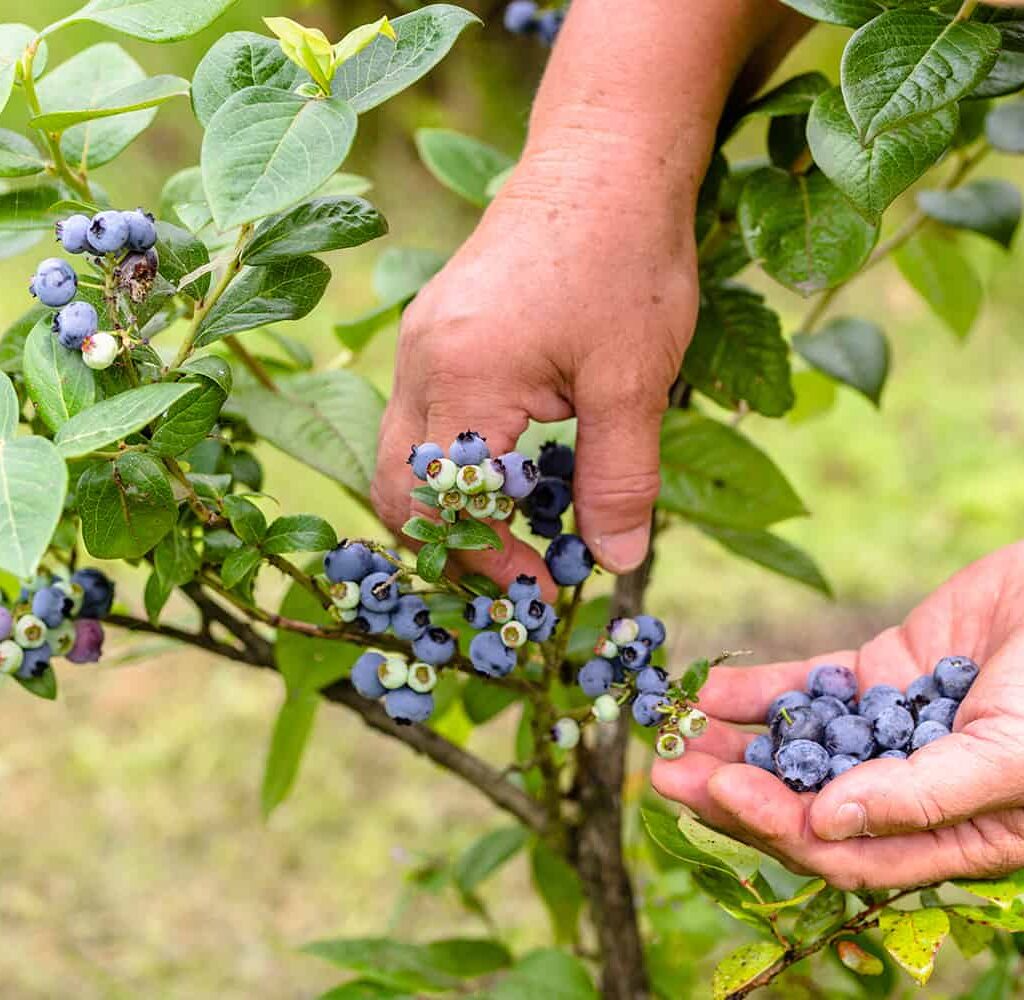
Why Grow Blueberries?
Before diving into planting, it’s worth understanding why blueberries deserve a spot in your garden:
- Nutritional Powerhouse: Blueberries are rich in vitamin C, vitamin K, manganese, and fiber. They also contain powerful antioxidants like anthocyanins, which support heart health, brain function, and may reduce inflammation.
- Delicious and Versatile: Fresh blueberries are perfect for snacking, smoothies, baking, jams, and salads.
- Attractive Plants: Blueberry bushes have pretty white to pink bell-shaped flowers in spring and brilliant red or purple fall foliage.
- Pollinator Friendly: Flowers attract bees, which helps your garden’s overall ecosystem.
- Long-Lasting Harvest: With proper care, blueberry bushes can produce fruit for 20 years or more.
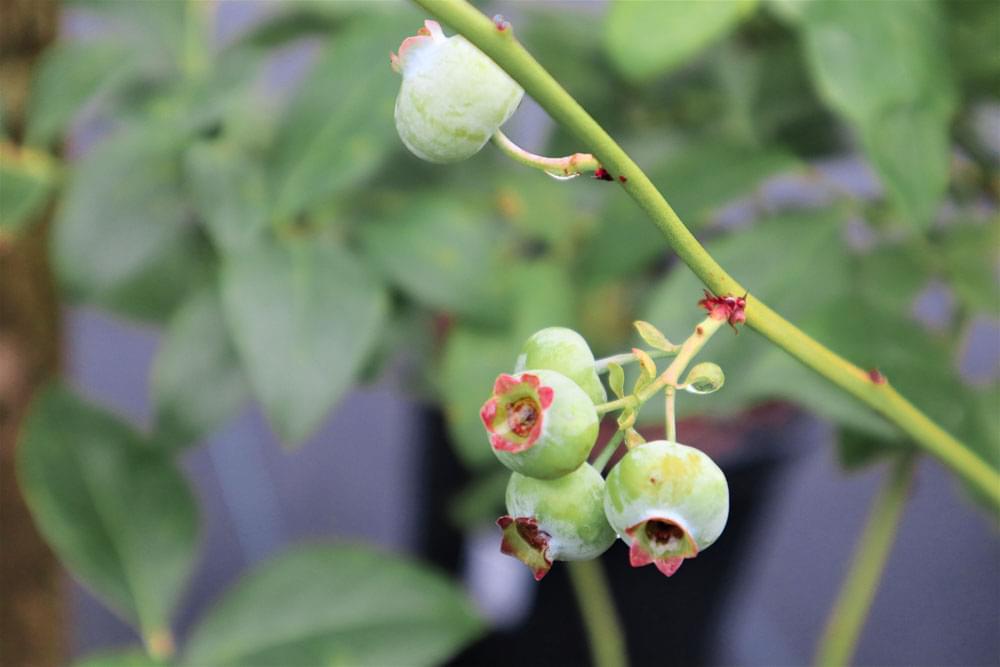
Step 1: Choose the Right Blueberry Variety
Blueberries aren’t one-size-fits-all. There are three main types suited for different climates:
1. Highbush Blueberries (Vaccinium corymbosum)
- Most common in North America.
- Thrive in cooler climates.
- Grow 4 to 6 feet tall.
- Produces large, sweet berries.
- Requires acidic, well-drained soil (pH 4.5 to 5.5).
2. Lowbush Blueberries (Vaccinium angustifolium)
- Hardy and cold-tolerant.
- Grow only about 1 to 2 feet tall.
- Often used for wild blueberry production.
- Adapt well to sandy or rocky soil.
3. Rabbiteye Blueberries (Vaccinium virgatum)
- Best for warmer climates (US South).
- Grow taller, up to 8 feet.
- Drought tolerant.
- Require cross-pollination with other rabbiteye varieties for fruit.
Tip: Choose varieties recommended for your USDA hardiness zone and local conditions for best success.
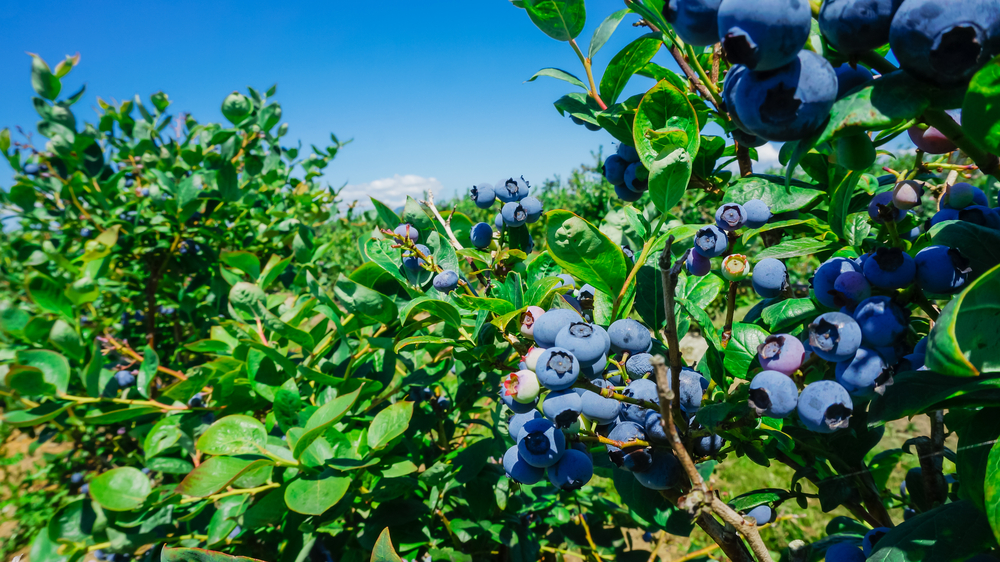
Step 2: Select a Planting Site
Blueberries have specific soil and light needs:
- Sunlight: Blueberries thrive in full sun, needing at least 6 to 8 hours of direct sunlight daily for maximum fruit production.
- Soil: Acidic soil is critical. Test your soil’s pH — blueberries prefer between 4.5 and 5.5. Neutral or alkaline soil will hinder nutrient uptake.
- Drainage: Blueberries do not tolerate waterlogged roots. Choose well-drained soil or plant in raised beds.
- Space: Space bushes about 4 to 5 feet apart to allow air circulation and room to grow.
- Protection: Avoid windy or exposed locations that can damage plants.
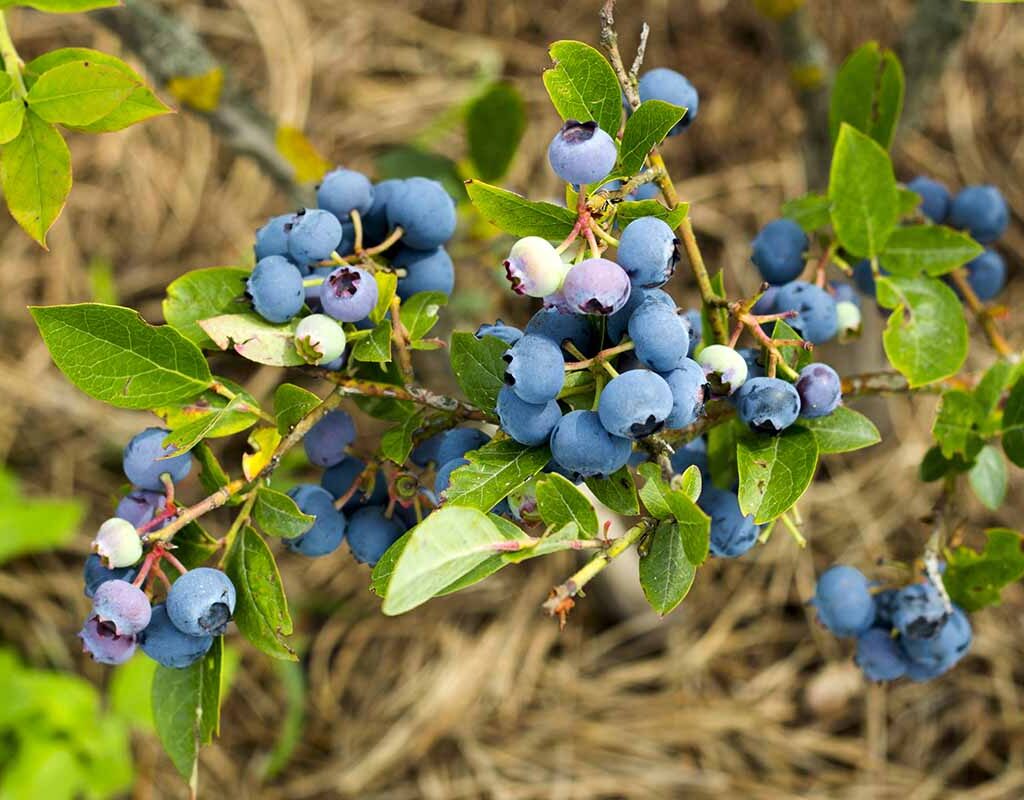
Step 3: Prepare the Soil
Since blueberries prefer acidic, loose, and well-drained soil, soil preparation is key:
- Test and Amend Soil: Use a soil test kit or send a sample to your local extension office. If soil pH is too high, lower it by incorporating elemental sulfur or peat moss.
- Improve Organic Matter: Mix 4 to 6 inches of compost, pine bark, or aged sawdust into the soil to improve texture and drainage.
- Raised Beds: For heavy clay or poor-draining soil, consider raised beds filled with acidic, well-draining soil.
- Avoid Fertilizers with Lime: Lime increases soil pH and should be avoided.
Step 4: Planting Blueberry Bushes
Now it’s time to get your hands dirty:
- Timing: Plant blueberries in early spring or fall while plants are dormant.
- Dig a Hole: Dig a hole twice as wide and as deep as the root ball.
- Plant Depth: Set the bush so the top of the root ball is slightly above soil level.
- Backfill: Fill the hole with amended soil, gently firming it around roots.
- Water: Water deeply to settle soil and eliminate air pockets.
- Mulch: Apply 2 to 3 inches of acidic mulch like pine needles or wood chips to retain moisture and keep roots cool.
Step 5: Watering Blueberries Properly
Blueberries need consistent moisture but dislike soggy soil:
- Water Regularly: Aim for about 1 to 2 inches of water weekly, especially during dry spells and fruit development.
- Avoid Overwatering: Poor drainage or standing water can cause root rot.
- Drip Irrigation: Consider drip irrigation or soaker hoses for steady, deep watering.
- Mulch Helps: Mulching reduces evaporation and keeps soil moist longer.
Step 6: Fertilizing Your Blueberries
Feed your plants right to encourage healthy growth and fruit:
- Use Acid-Loving Plant Fertilizers: Use fertilizers formulated for azaleas or rhododendrons, which suit blueberries.
- Timing: Apply fertilizer in early spring and again in late spring.
- Avoid Overfeeding: Excess nitrogen leads to lush leaves but fewer berries.
- Organic Options: Use composted manure or organic fertilizers as gentle feeding alternatives.
Step 7: Pruning for Better Harvests
Pruning encourages healthy structure and better fruit production:
- First 2-3 Years: Focus on removing weak or damaged branches and shaping the bush.
- Mature Plants: Remove older canes (3-4 years old) to stimulate new growth.
- Timing: Prune in late winter or early spring before new growth starts.
- Tools: Use clean, sharp pruning shears to make clean cuts.
Step 8: Protecting Blueberries from Pests and Birds
Blueberries attract wildlife and insects that may harm your crop:
- Birds: Use bird netting or scare devices to protect ripening berries.
- Insects: Common pests include aphids, blueberry maggot flies, and mites. Use insecticidal soaps or horticultural oils if needed.
- Diseases: Watch for fungal diseases like powdery mildew or root rot. Ensure good air circulation and avoid overwatering.
- Regular Inspection: Check plants regularly and remove any diseased or damaged parts.
Step 9: Harvesting Blueberries
Blueberries are ready to harvest when:
- Color: Fully blue with no red or green hints.
- Texture: Firm yet plump.
- Ease of picking: Berries should come off easily when gently tugged.
- Taste: Sweet with characteristic blueberry flavor.
Harvest in the morning for the best flavor and store in the fridge if not eating immediately.
Step 10: Enjoy and Store Your Harvest
Fresh blueberries are delicious, but they also freeze well and can be used in countless recipes:
- Eat fresh: Snack, salads, desserts.
- Preserve: Freeze on a baking sheet, then store in airtight bags.
- Cook: Make jams, sauces, pies, or smoothies.
- Freeze: Keeps them fresh for months without losing flavor.
Bonus Tips for Success
- Plant multiple varieties: For better pollination and larger yields.
- Rotate planting locations: Avoid planting in the same spot where other acidic plants grew to reduce soil-borne diseases.
- Watch for weather: Late frosts can damage flowers; protect with frost cloths if needed.
- Be patient: Blueberries often take 2-3 years to start fruiting well.
Final Thoughts
Growing your own blueberries is a rewarding journey that connects you with nature’s bounty and benefits your health. By selecting the right varieties, preparing soil properly, and giving your plants the care they need, you’ll enjoy a thriving blueberry patch bursting with juicy, antioxidant-rich berries for years to come.
So roll up your sleeves, plant those bushes, and get ready to savor the sweet taste of homegrown superfood!

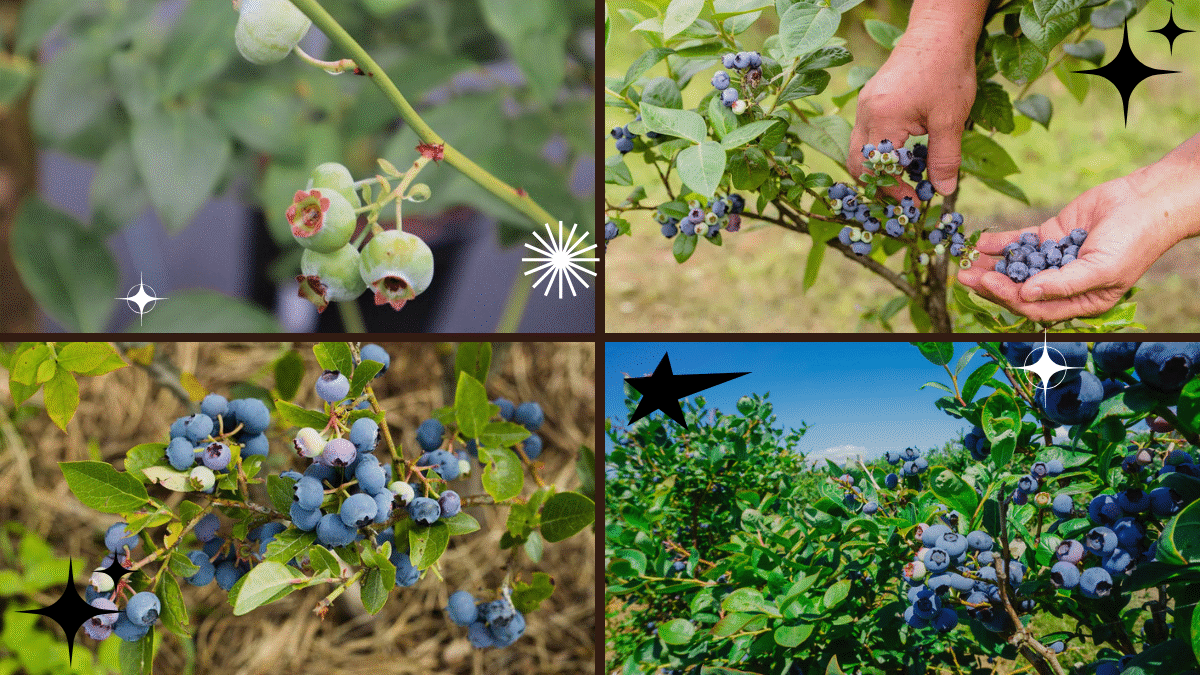



Leave A Comment